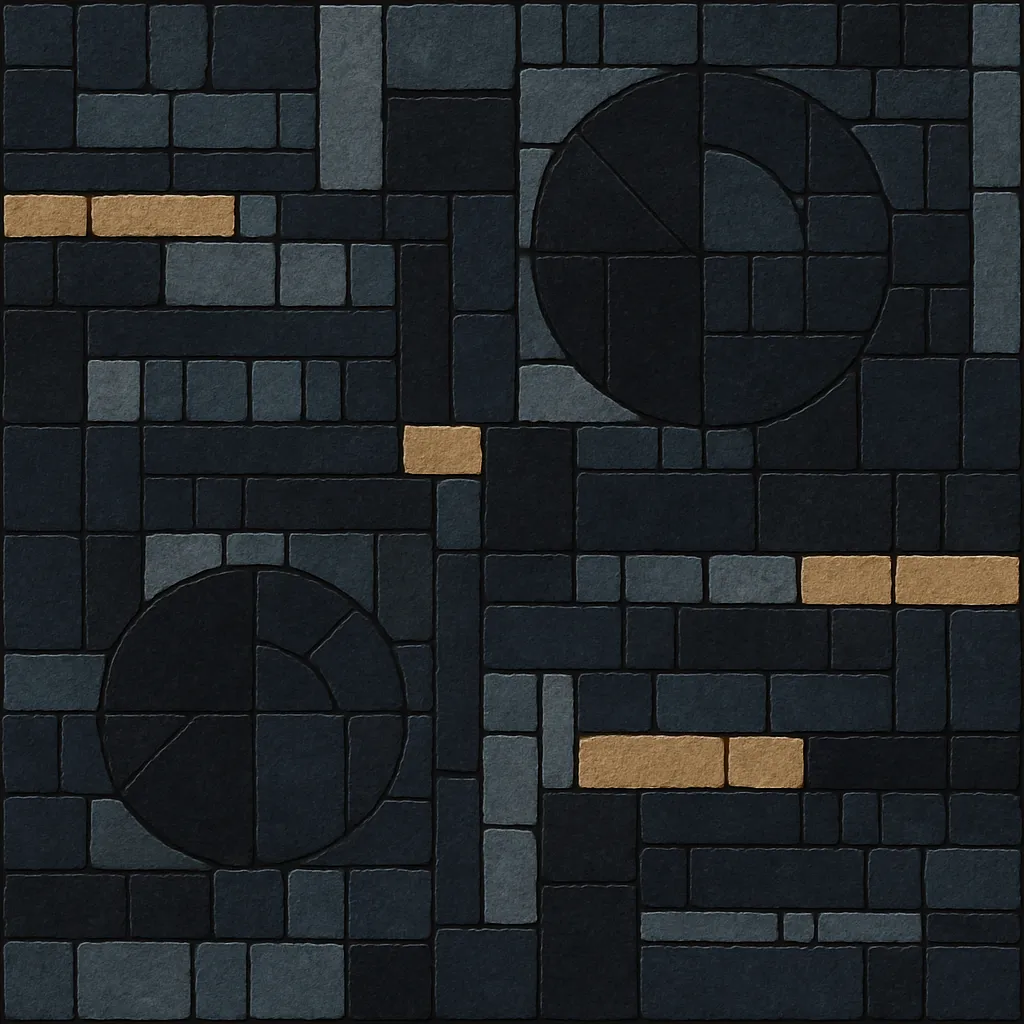Minimal drum and bass is a stripped-down branch of drum and bass that emphasizes space, restraint, and precision over maximal density. Rather than thick layers of breaks and bass, it uses skeletal drum patterns, heavyweight sub-bass, and micro-detailed sound design to create tension and depth.
Typical tempos sit around 170 BPM, but the rhythmic feel often alternates between full-time and halftime, with ghost notes, syncopated hi-hats, and carefully placed percussive accents. Production draws on the aesthetics of minimal techno and dub techno—dry, focused transients balanced with dubwise delays and reverbs that are tightly EQ’d to preserve headroom. The result is music that feels spacious, hypnotic, and controlled, yet still club-ready.
While the term “minimal drum and bass” circulated later, its DNA can be traced to late-1990s UK producers who reduced arrangements to razor-sharp drums and sub-bass. Artists like Photek explored skeletal programming and negative space, laying conceptual groundwork within the broader jungle and techstep continuum.
In the 2000s, a cohort of UK producers and labels began foregrounding reduction, precision, and dub-informed atmospheres. The aesthetic pulled from minimal techno and dub techno in its use of space and repetition, while retaining DnB’s tempo and bass-weight. Labels such as Exit Records, 31 Records, Dispatch, and Critical fostered a sound that used fewer elements with more impact.
The Autonomic movement (dBridge and Instra:mental) popularized a sleek, spacious, emotive strain of DnB that overlapped heavily with minimal approaches. Through podcasts and releases, Autonomic normalized halftime grooves, micro-edits, and hi-fidelity sound design, influencing a generation of producers and listeners toward a more restrained, atmospheric palette.
As the style matured, Russian and European scenes (e.g., Bop’s Microfunk) developed even more minimal and delicate variants. Meanwhile, producers like Skeptical, ASC, and Alix Perez advanced ultra-clean, low-end-focused club tools. The minimal ethos bled into halftime and experimental bass at 80–90/160–180 BPM, reinforcing cross-pollination with techno and ambient.
Minimal drum and bass remains a mainstay in deeper DnB clubs and radio shows. Its emphasis on sound design, mix discipline, and space continues to influence microfunk, autonomic-influenced DnB, and modern halftime, proving that less can indeed be more.


